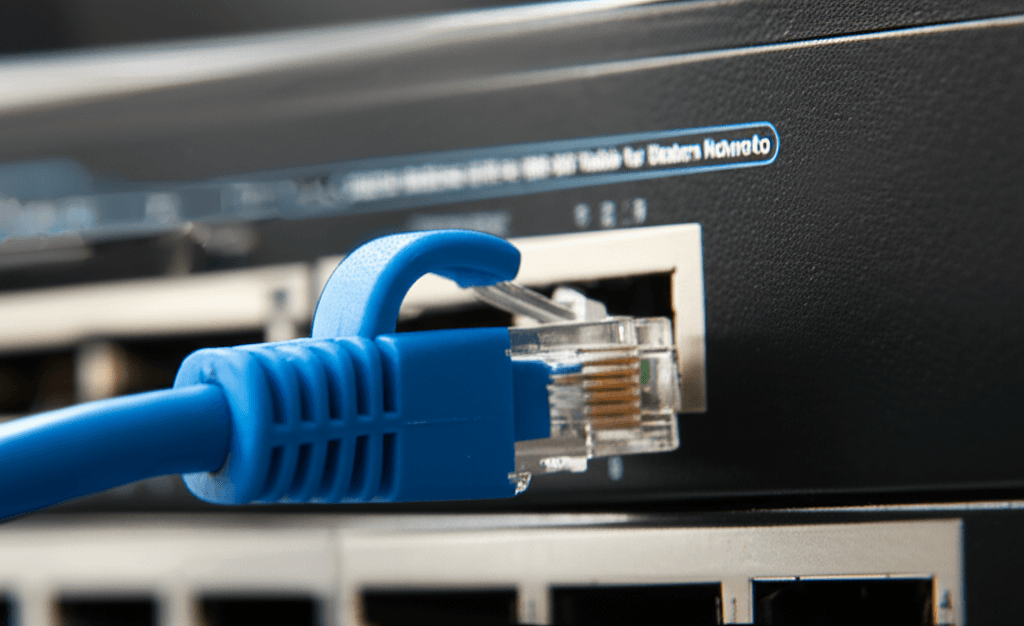The Enduring Relevance of Cat 5e Ethernet in 2025 Networks
In an era of rapidly advancing networking standards, Cat 5e Ethernet cables continue to play a surprising role in both residential and commercial installations. Despite being standardized over two decades ago, this workhorse of structured cabling maintains its position due to several key technical and economic advantages.
Cat 5e (Category 5 enhanced) supports Gigabit Ethernet speeds up to 1 Gbps at 100 MHz bandwidth across standard 100 meter runs. What many users don’t realize is modern implementations can achieve 2.5 Gbps speeds over shorter distances (30 meters or less) and even support emerging 5GBASE-T applications with proper installation. This backward compatibility makes Cat 5e particularly valuable for network upgrades where complete rewiring isn’t feasible.
The cable’s continued popularity stems from three practical advantages: installation flexibility, Power over Ethernet (PoE) support, and significant cost savings. Compared to newer cabling standards, Cat 5e’s thinner diameter allows easier routing through existing conduits while maintaining full compatibility with standardized RJ45 connectors used in nearly all network equipment.
Performance Benchmarks: Cat 5e in Contemporary Applications
Modern network demands create unique challenges for legacy cabling:
* Smart home ecosystems with 50+ connected devices
* 4K/8K video streaming across multiple endpoints
* Cloud-based gaming and VR applications
* Industrial IoT deployments with real-time requirements
Testing reveals Cat 5e continues to perform admirably in typical residential scenarios. For internet connections below 1 Gbps particularly common outside major urban areas, Cat 5e delivers full bandwidth without bottlenecks. Even with 2.5 Gbps network equipment becoming increasingly affordable, properly installed Cat 5e achieves 90-95% of theoretical maximum speeds at 30 meter runs.
The IEEE 802.3bz standard (2.5G/5GBASE-T) officially recognizes Cat 5e’s capability for multi-gigabit speeds, cementing its relevance through at least 2030. Network administrators report successful deployments supporting:
* Unified communications systems with video conferencing
* Medium-density wireless access point backhauls
* IP security camera networks with PoE
* Smart office automation systems
Strategic Deployment: When to Choose Cat 5e in 2025
While not ideal for all scenarios, Cat 5e remains a smart choice for:
Cost-Sensitive Upgrades: Existing Cat 5e infrastructure can often support 2.5 Gbps speeds with simple equipment upgrades rather than complete rewiring.
Hybrid Installations: Strategic use of Cat 5e for shorter runs can reduce project costs while reserving higher-spec cabling (Cat 6a/8) for critical long-distance connections.
Legacy Environment Support: Manufacturing facilities, educational institutions, and government buildings with embedded Cat 5e infrastructure benefit from continuing support.
Proper implementation remains critical. Best practices include:
* Verifying cable quality (true Cat 5e spec, not counterfeit)
* Maintaining proper bend radius during installation
* Avoiding parallel runs with electrical wiring
* Using termination techniques that minimize crosstalk
The future of Cat 5e involves graceful integration rather than sudden obsolescence. As Wi-Fi 7 access points begin utilizing 10 Gbps uplinks, Cat 5e will increasingly serve in supplementary roles while continuing to support the billions of existing Ethernet-connected devices worldwide. Thoughtful network design that matches cabling to actual throughput requirements rather than chasing maximum specifications can yield significant savings without compromising performance.

Leave a Reply